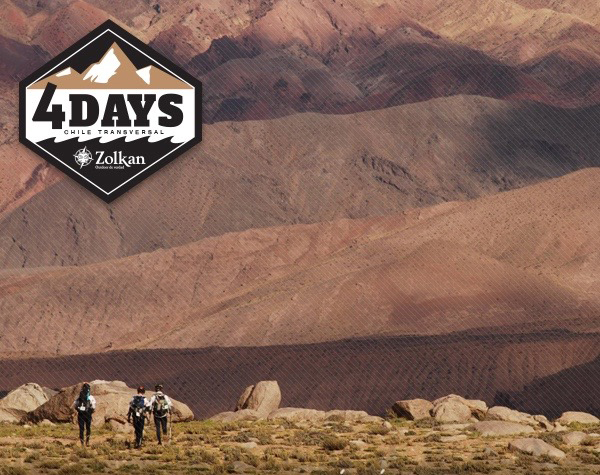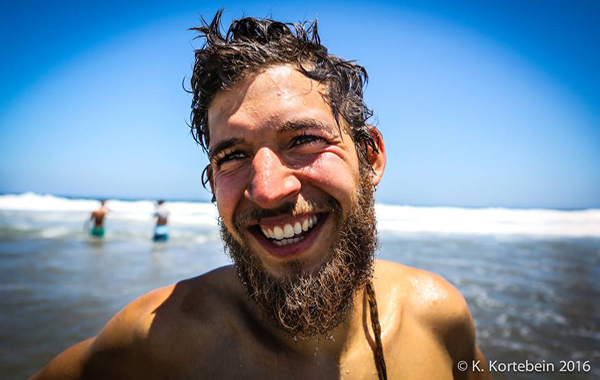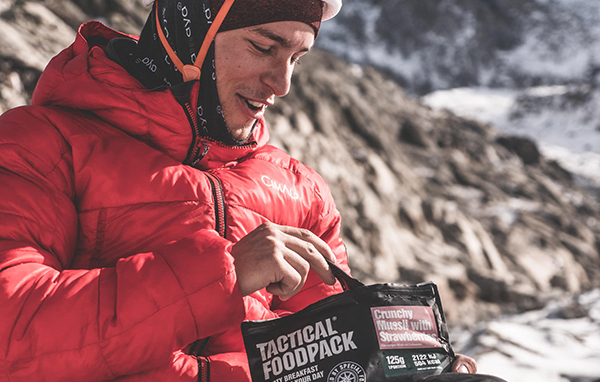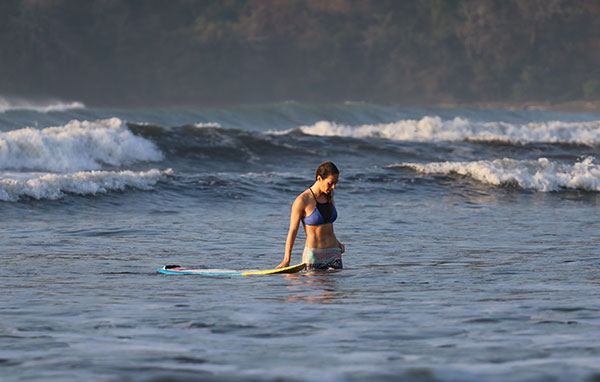Drinks for when you compete… which is best for you?
MATT MAYNARD tests a range of sports drinks for Limitless Pursuits in the Andes mountains of South America.
WE TESTED sports drinks (and beer!) in the Andes Mountains. The results might surprise you…

The five drinks our reporter looked at when exploring the benefits of energy drinks for athletes.
WE SENT our writer Matt Maynard to test sports drinks in the Andes Mountains. He set out on an adventurous overnight bike ride, taking his brief of ‘sports drinks’ very loosely. For the trip he packed five different liquids: Gatorade, Coca-Cola, water, Red Bull and even a sneaky Chilean beer slipped into his pannier bags. Here he shares his personal reflections on their effectiveness based on three deciding factors: hydration, energy and taste. The results might surprise you.

Gatorade was one of the drinks Matt Maynard tested.
Last week I rode into the foothills with some friends from Chile’s capital Santiago. It’s summer in South America and the temperature was in the high 20s. As we pedaled steadily uphill through the suburbs we began to sweat. It was too early for a beer (and probably a bad idea) so we cracked open a Gatorade.
Gatorade’s main ingredient is water. This helps hydrate you with the water lost in sweat. It also contains sodium and potassium. These important minerals (aka electrolytes) help water transfer into the bloodstream. [Hydration score 10/10]
Gatorade’s second ingredient is sucrose (table sugar), an easily digestible carbohydrate that provides energy for muscles. The high sugar content in Gatorade Cool Blue would be an unhealthy and unnecessary amount to consume whilst sitting on the couch. But on a long bike ride into the Andes the sugar helps keep you moving. Energy score 8/10
As for taste, all those flavourings and sweetners aren’t really my thing.
Taste score 2/5
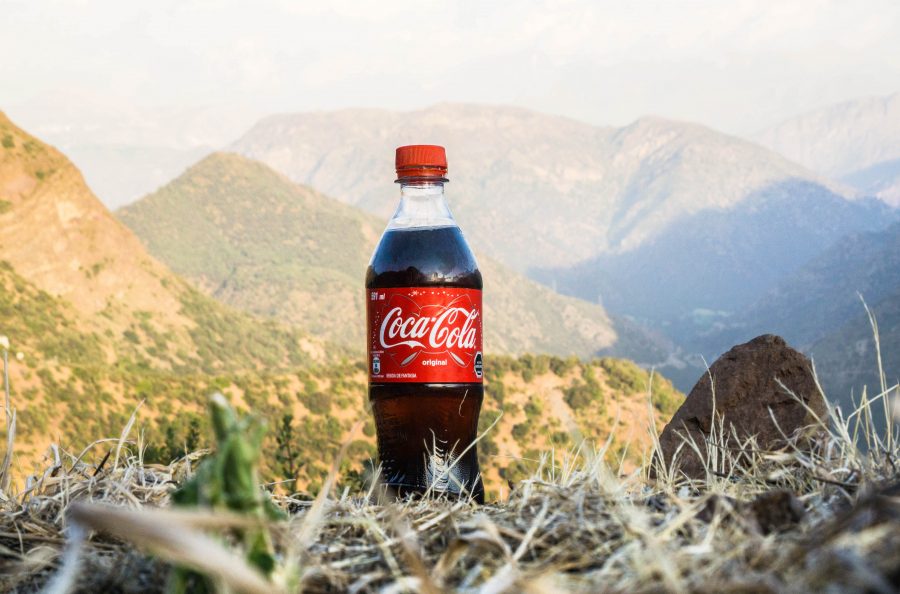
The second drink Matt tested was Coca Cola.
Coca-Cola – ‘the low caffeine and high sugar choice’ – Total score 16/25
After an hour on the bikes we turned off the main road and onto a dirt track that winds it away beneath Mount Pochoco. There’s wild plums growing at the road side and we stopped in their shade for a break. At the bottom of my pannier bag, I had wrapped a can of Coca-Cola in my down feather sleeping bag to keep it insulated and cold. We shared it around whilst stuffing ourselves with plums.
The main ingredient of Coca Cola is also water, albeit fizzy. This again helps hydrate you, but it doesn’t have those key electrolytes of sodium and potassium which help get the water into your bloodstream.
Hydration score 5/10
Coca Cola gives you energy because it contains another easily digestible sugar called fructose. This is the sugar that makes Coca-Cola taste so sweet. The caffeine in a regular can of Coca-Cola is less than half that found in Red Bull, but if you are not a regular tea or coffee drinker you will certainly notice the extra boost.
Energy score 7/10
Drinking that cold coke under the plum trees, the taste, during this unapologetically subjective test was pretty good!
Taste score 4/5

Water was another drink Matt tested for energy levels in the mountains.
Water – ‘the natural choice’ – Total score: 17/25
The trail soon turned steep and nasty, so we had to get off the bikes and push. It was hard work chugging up the mountain through the cactus-studded talus and dry air. During such thirsty work there often comes a point where you reach “palate fatigue.” At times like this only one thing will quench your thirst. Time to crack open the bottle filled with inoffensive, good old fashioned tap water.
Water of course will hydrate you. It is also fantastically free which makes you more likely to drink it and stay hydrated. For this reason it gets a few more points below. There are no nasty flavourings, potentially harmful sugars or anything at all besides H20 in the ingredients. But you can still drink water to excess. Excessive consumption during exercise can flood your kidneys and cells, leading in extreme cases to death. Purified water also lacks any of the sodium and potassium minerals that assist absorption into the bloodstream.
Hydration score 9/10
There is no energy in water. However, it can be useful in helping you cram in the calories from viscous energy gels or chewy energy bars. Solid foods often become hard to stomach during big outings or races. Flavorless water helps wash them down. For this reason, I’m adding a few bonus points onto the energy score.
Energy score 3/10
Arhhh! Can’t beat it.
Taste score 5/5

The test wouldn’t have been complete without a can of Red Bull.
Red Bull No Sugar – ‘the caffeine junky choice’ – Total score 13/25
Long after sunset we reached the summit ridge at 1,800m above sea level. Here we stashed the bikes and turned on our head torches, packing all our equipment from our pannier bags into our rucksacks. Our intended spot to spend the night was another 2miles further on at a higher summit called Lomo de Vacas. From now we would continue on foot.
Red Bull No Sugar, like Coca-Cola, contains carbonated water so it has the potential to hydrate. Red Bull also contains a high quantity of caffeine, a stimulant which for a long time has been considered a diuretic. However, a recent study shows that regular caffeine consumers can build up a tolerance and that no excess water is lost when you pee. Red Bull No Sugar will also hydrate you more than the high sugar normal variety which can draw water out of your blood. Best to supplement Red Bull with additional water.
Hydration score 6/10
We shared the energy drink between four to give us a caffeine boost for the last climb. The effect is a psychological one, increasing alertness. But I have also anecdotally found it provides pain relief during extended efforts in the mountains. Having said that, the No Sugar variety, provides no energy to your muscles and there is even evidence to suggest that caffeine leads to laboured breathing, thereby counteracting any gain in perceived energy levels. Excessive consumption of Red Bull (more than one can per day for adolescents and more than 3 per day for adults) can lead to very serious medical complications including confusion, seizures and even death. It was also a bit of silly idea to drink it and get so pumped up just before bed! Energy score 5/5
Tolerable but not tasty. Taste score 2/5

Matt added a can of Chilean beer to the test.
Crystal Beer 4.6% alcohol – ‘the post-exercise occasional treat’ – Total score 15/25
At 2,000m we reached a sheltered and flat area where we threw down our bivvy and sleeping bags under the stars. We had a protein rich dinner of quiche and rice. For desert we even had some fruit salad in a Tupperware box. For some though the true sign of civilization when sleeping out in the mountains is sharing a beer, and we pulled a couple of Crystal cans from our rucksacks, bought in a Chilean supermarket.
Moderate consumers of beer can now raise a glass to new findings revealing that drinking up to 660ml (about two cans or a pint) has no negative effect on hydration levels. To properly rehydrate after exercise, consuming beer alongside water is probably best.
Hydration score 5/10
Beer has lots of calories which come from fermented sugars. So many in fact that a standard Budweiser can (the same size and similar alcohol content to our Crystal beer) has more calories than any other drink in this test. Of course, though, you can’t use this energy effectively during exercise because the dis-coordination caused by the alcohol will eliminate any of the positive effects! [Energy score 6/10]
Pretty refreshing with friends!
Taste score 4
Final Verdict…
It is possible to get energy and hydrate using a wide variety of liquids. In this test the traditional sports drink Gatorade came out on top. There are lots of other brands like it to try. Alternatively you can try making you own, starting very basically with 300ml juice; 300ml tap water and 1/4 tsp salt. No preservatives or flavouring necessary.
About the author
Matt Maynard is a thirsty long distance cyclist and ultra marathon runner who works as a freelance writer and photographer in Santiago, Chile @MattNMaynard
Nutritional expert Renee McGregor supported this article. She is the author of best selling book ‘Training Food’.










